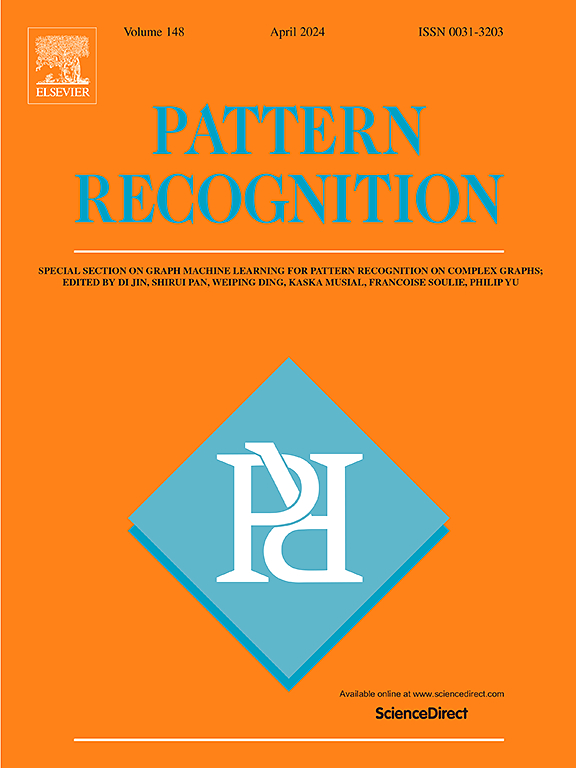Joint utilization of positive and negative pseudo-labels in semi-supervised facial expression recognition
IF 7.5
1区 计算机科学
Q1 COMPUTER SCIENCE, ARTIFICIAL INTELLIGENCE
引用次数: 0
Abstract
Facial expression recognition has obtained significant attention due to the abundance of unlabeled expressions, and semi-supervised learning aims to leverage unlabeled samples sufficiently. Recent approaches primarily focus on combining an adaptive margin and pseudo-labels to extract hard samples and boost performance. However, the instability of pseudo-labels and the utilization of the rest unlabeled samples remain critical challenges. We introduce a stable-positive-single and negative-multiple pseudo-labels (SPS-NM) method to solve the above two challenges. All unlabeled samples are categorized into three groups properly by adaptive confidence margins. When the maximum confidence scores are high and stable enough, the unlabeled samples are attached with positive pseudo-labels. On the contrary, when the confidence scores of unlabeled samples are low enough, the related negative-multi pseudo-labels are attached to these samples. The quality and quantity of classes in negative pseudo-labels are balanced by -. Eventually, the remaining unlabeled samples are ambiguous and fail to match their pseudo-labels, but they can still be used to extract valuable features by contrastive learning. We conduct comparative experiments and ablation study on RAF-DB, AffectNet and SFEW datasets to demonstrate that SPS-NM achieves improvement and becomes the state-of-the-art method in facial expression recognition.
在半监督面部表情识别中联合使用正负伪标签
由于存在大量未标记的表情,面部表情识别备受关注,而半监督学习的目的就是充分利用未标记的样本。最近的方法主要侧重于结合自适应边际和伪标签来提取硬样本并提高性能。然而,伪标签的不稳定性和其余未标记样本的利用仍然是关键挑战。我们引入了一种稳定的正-单-负-多伪标签(SPS-NM)方法来解决上述两个难题。通过自适应置信度将所有未标记样本正确地分为三组。当最大置信度分数足够高且足够稳定时,未标记样本会被附加上正伪标签。相反,当未标记样本的置信度分数足够低时,这些样本会被附加相关的负多伪标签。负伪标签中的类的质量和数量由 top-k 来平衡。最终,剩余的未标记样本是模糊的,无法与其伪标签匹配,但它们仍可通过对比学习提取有价值的特征。我们在 RAF-DB、AffectNet 和 SFEW 数据集上进行了对比实验和消融研究,证明 SPS-NM 在面部表情识别方面取得了改进,并成为最先进的方法。
本文章由计算机程序翻译,如有差异,请以英文原文为准。
求助全文
约1分钟内获得全文
求助全文
来源期刊

Pattern Recognition
工程技术-工程:电子与电气
CiteScore
14.40
自引率
16.20%
发文量
683
审稿时长
5.6 months
期刊介绍:
The field of Pattern Recognition is both mature and rapidly evolving, playing a crucial role in various related fields such as computer vision, image processing, text analysis, and neural networks. It closely intersects with machine learning and is being applied in emerging areas like biometrics, bioinformatics, multimedia data analysis, and data science. The journal Pattern Recognition, established half a century ago during the early days of computer science, has since grown significantly in scope and influence.
 求助内容:
求助内容: 应助结果提醒方式:
应助结果提醒方式:


